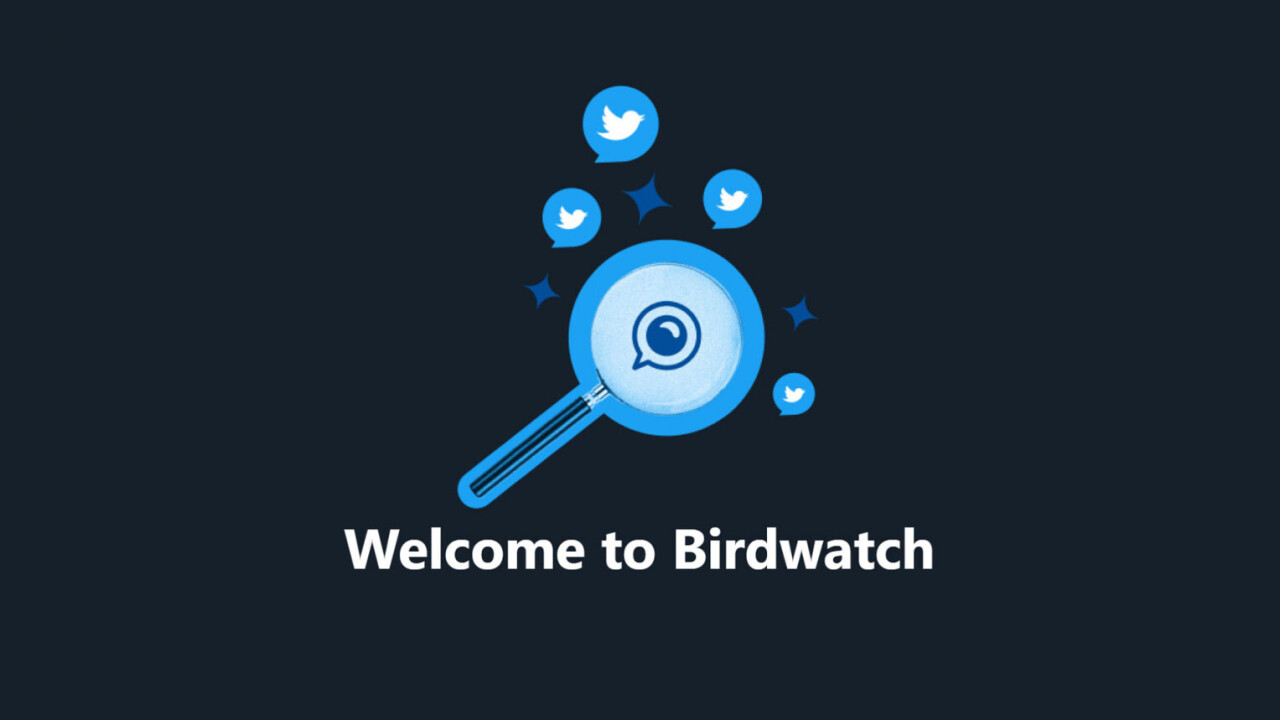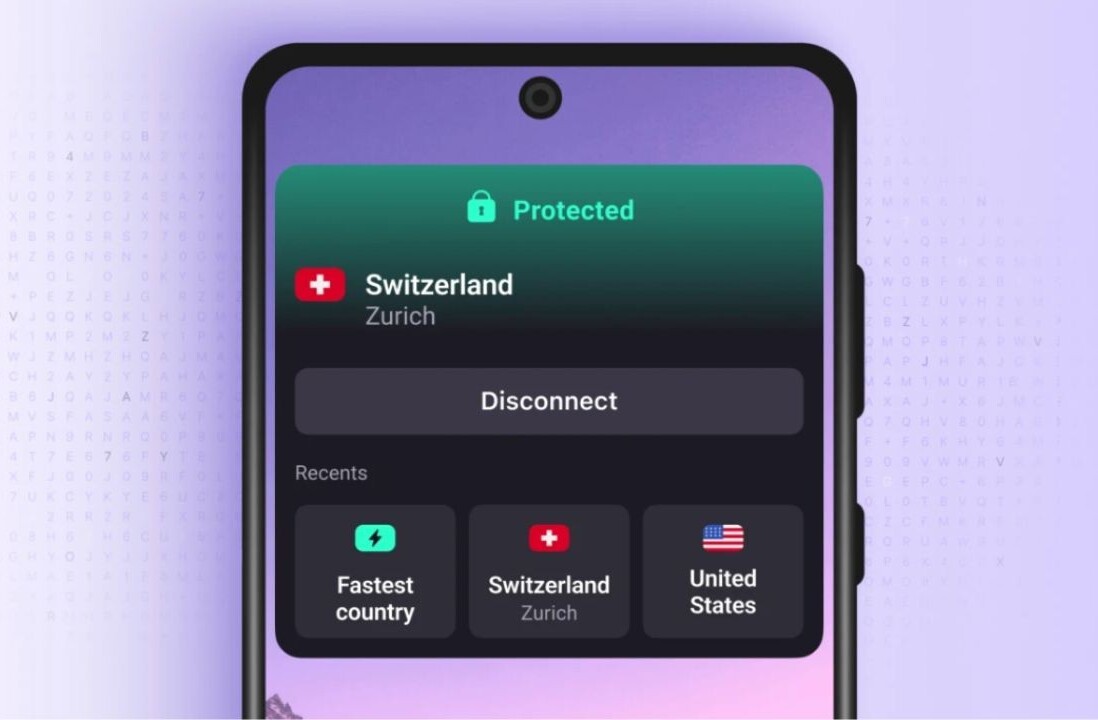
Twitter has tried a variety of fact-checking measures in the past few years, but these normally only apply to tweets from prominent accounts or popular topics. Now the company wants to add context and labels to more tweets by implementing a community-driven fact-checking system called Birdwatch.
To start, a group of contributors will be able to “respond quickly when misleading information spreads, adding context that people trust and find valuable.” Currently, this context will be available on a dedicated Birdwatch page, but the eventual goal is to make these notes available right on Twitter once “there is a consensus from a broad and diverse set of contributors.”
? Today we’re introducing @Birdwatch, a community-driven approach to addressing misleading information. And we want your help. (1/3) pic.twitter.com/aYJILZ7iKB
— Twitter Support (@TwitterSupport) January 25, 2021
The feature is limited to a separate site for now because the company wants to make sure it actually produces useful context; the last thing anybody wants is for a fact-checking tool to become another source of misinformation.
Twitter says it has conducted interviews with over 100 Twitter users “across the political spectrum” about the feature so far. The company said people valued that the notes were written in the voice of community members rather than in the voice of Twitter or some other authority. They also appreciated having more context than simple true or false labels.
The company says all the data on Birdwatch will be publicly available and downloadable, such that experts, researchers, and the public can audit Birdwatch. It’s also working on reputation and consensus systems to help highlight accurate information.
The current ranking system for tweet notes is somewhat akin to Quora or Stackexchange. Notes are initially shown in reverse chronological order, but notes that are rated highly by the community will be highlighted with a header that says “currently rated helpful.”

It’s pretty basic, but it’s only intended to get the system rolling at the start. According to the company, the current system “is knowingly basic, and we only intend to use it for a short time during the program’s earliest phase.”
The company acknowledges that Birdwatch could be “messy and have problems at times,” but it believes the model is “worth trying.”
Like Facebook and other social media platforms, the company has often come under fire for its failure to manage the spread of disinformation.
At first glance, the idea that misinformation can be managed by a public group of users — potentially the same public spreading it in the first place — seems oxymoronic. But it’s a model other companies have relied on to arrive at (mostly) useful answers, and Twitter insists Birdwatch is in its early stages and open to evolving.
Let’s hope it evolves into something worthwhile. In the meantime, if you’d like to contribute to Birdwatch, you can sign up here, although openings are rolling out slowly.
Get the TNW newsletter
Get the most important tech news in your inbox each week.




